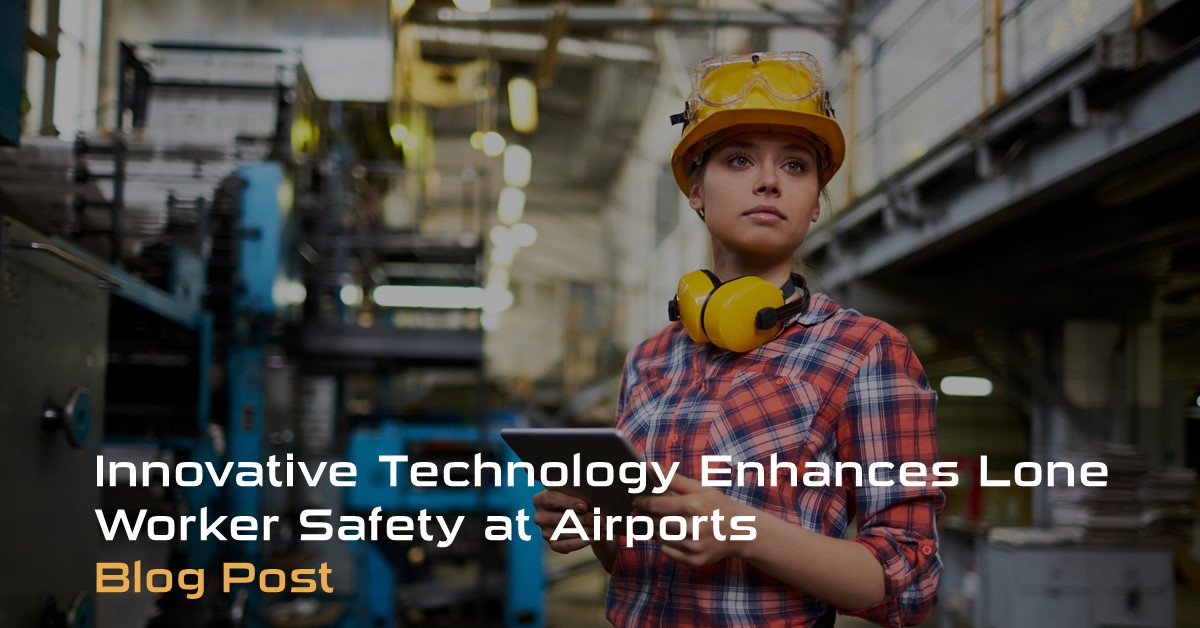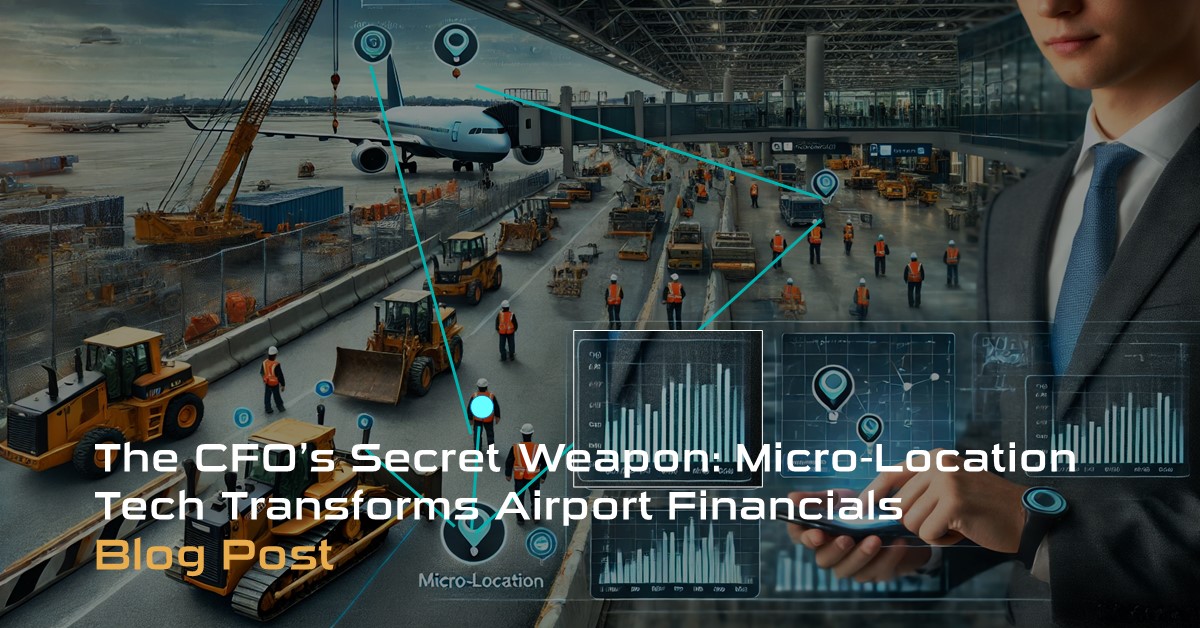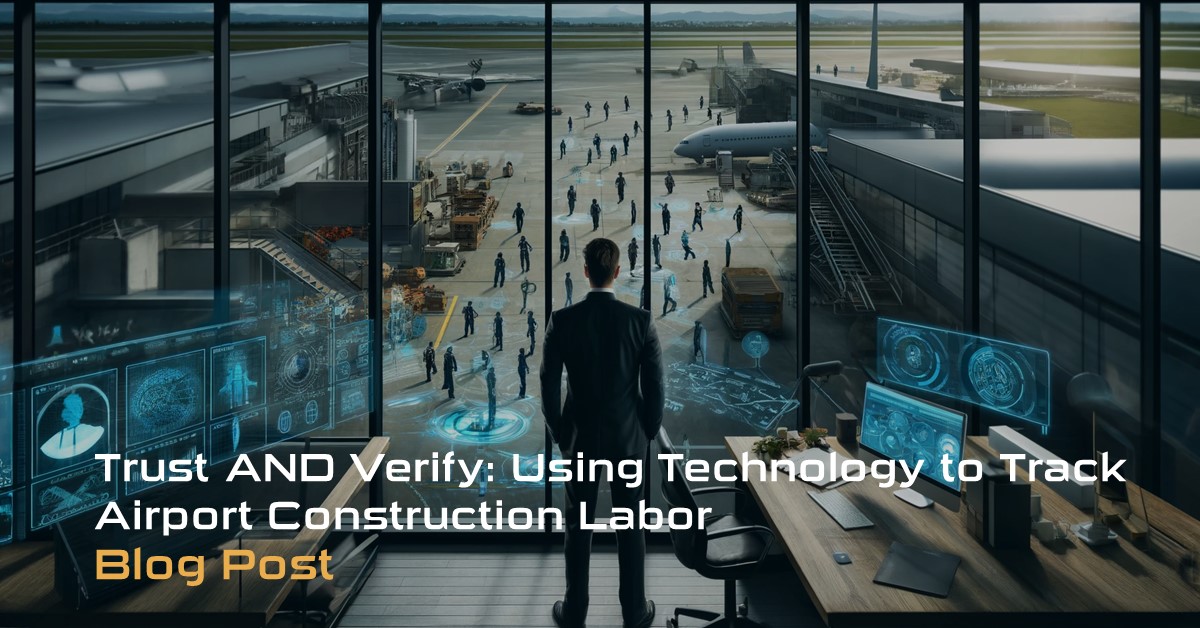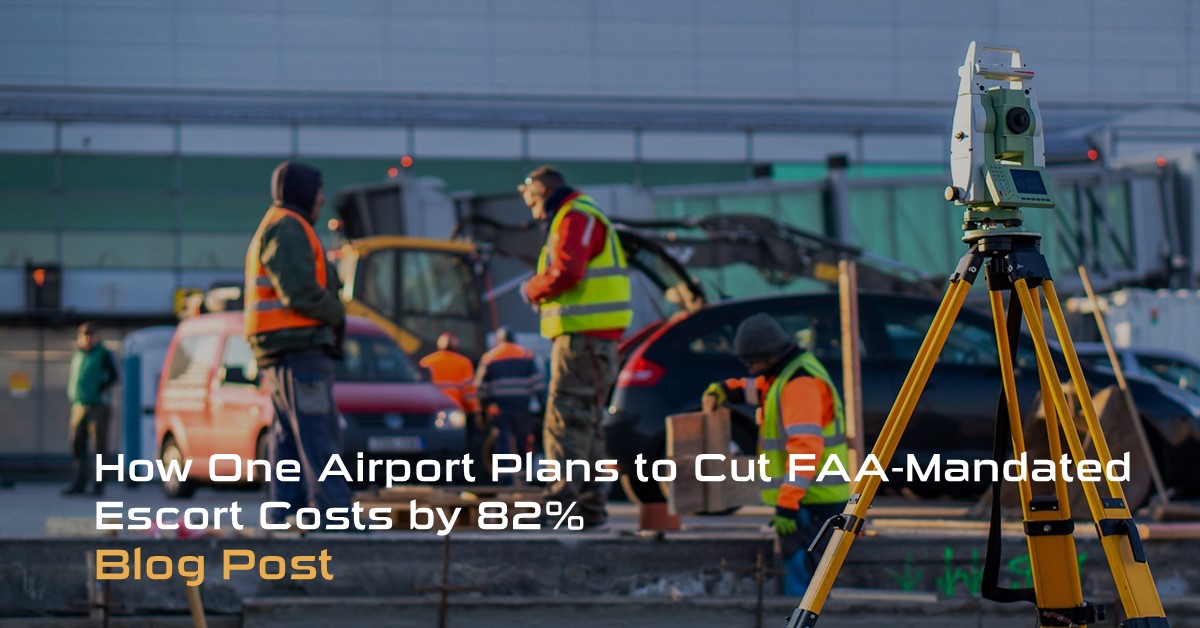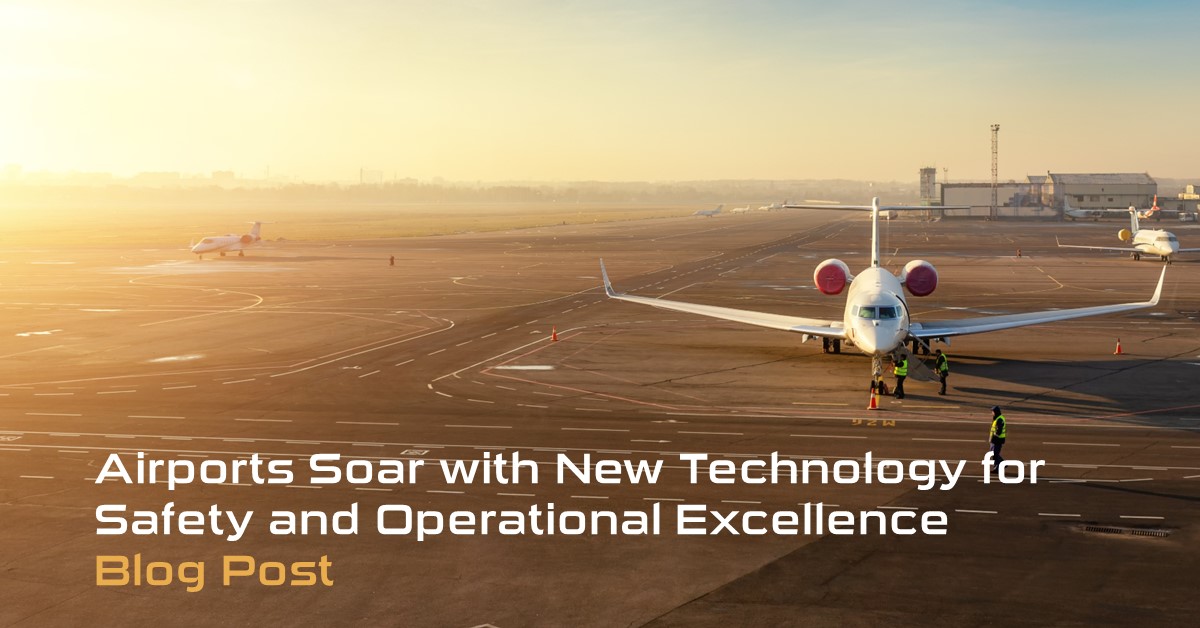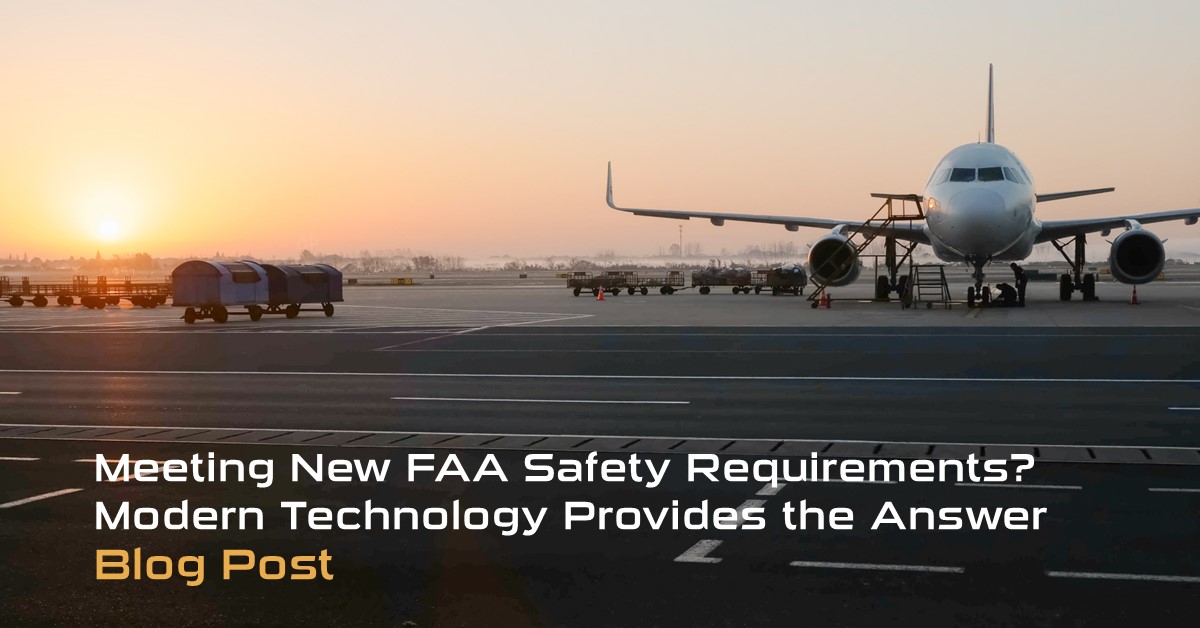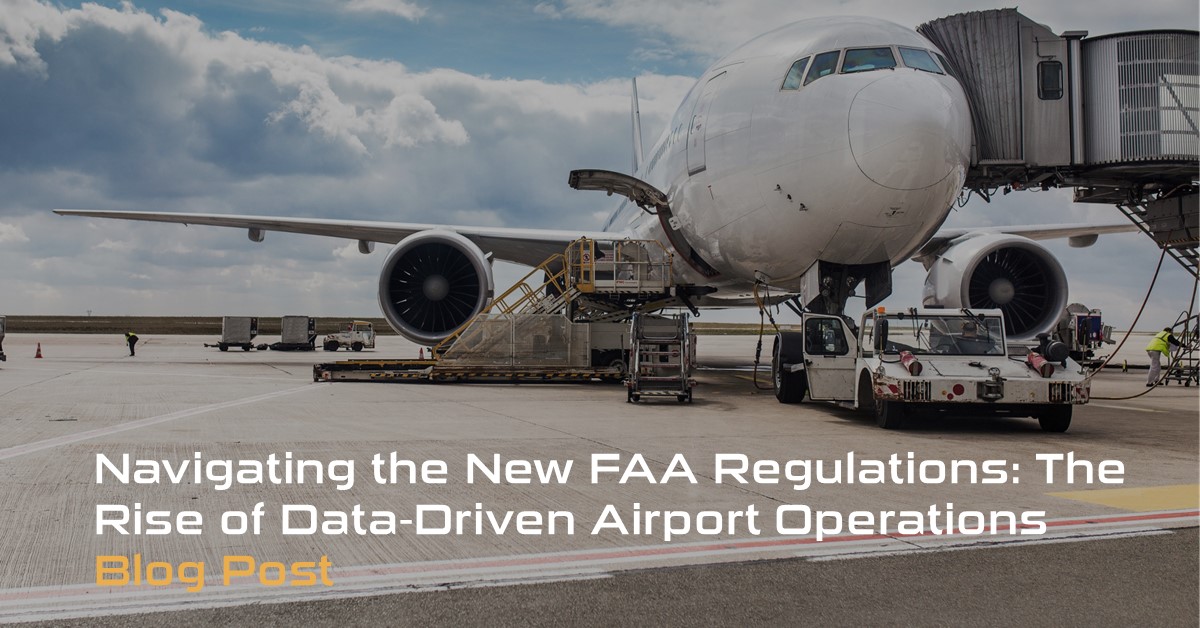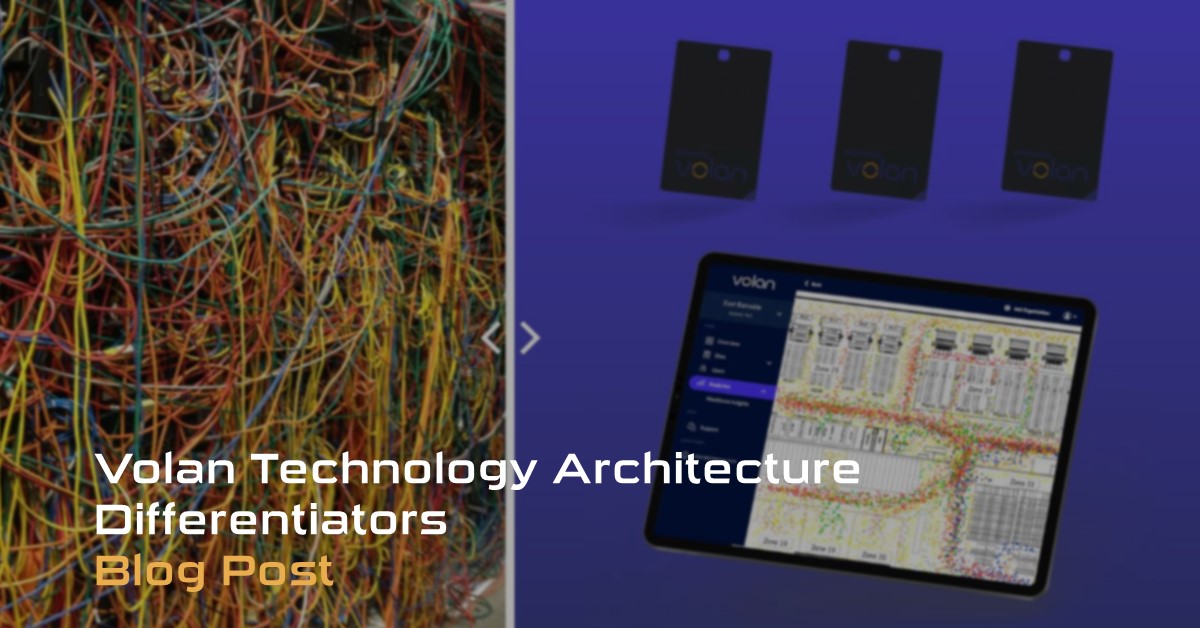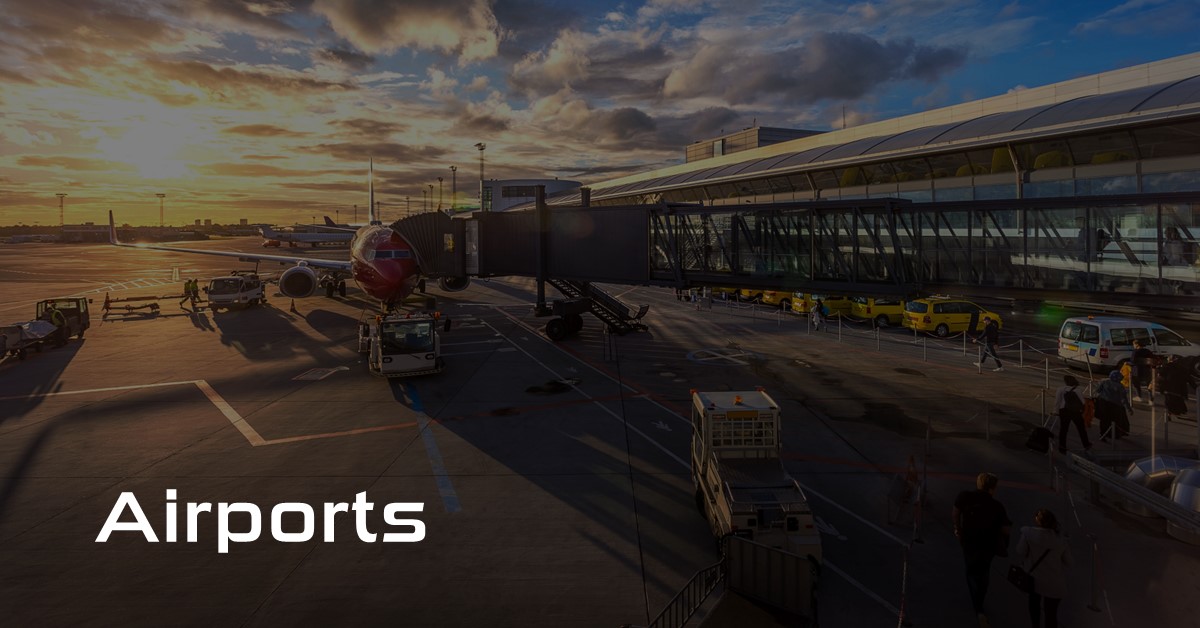Innovative Technology Enhances Lone Worker Safety at Airports
Summary: Airports are prioritizing worker safety in isolated environments by adopting innovative technology like wearable sensors and private mesh networks. Our solution can swiftly detect incidents, locate workers, and enable rapid responses, ensuring a safer environment and demonstrating a strong organizational commitment to worker well-being.
At an airport, safety isn’t a nice-to-have – it’s a must. Airport operations teams are now spotlighting the unique challenges lone workers face. The prospect of an airport worker suffering an injury or falling in a remote area of the vast facility, with no one finding out for hours, is a troubling scenario, but one airports are tackling head-on.
The solution lies in swiftly detecting incidents, pinpointing the worker’s precise location, and conveying critical information to operations teams for an appropriate response. Every moment matters in these situations.
Airports are turning to groundbreaking technology pioneered on some of the most dangerous sites on the planet for solutions. Construction companies building bridges in one of the most challenging environments in the world have started using advanced solutions to monitor worker health and safety in real-time. It is critical for companies to track the constant movement of personnel and equipment in these hazardous zones.
Right now, these construction sites are starting to employ simple wearable technology, like wristband or belt loop sensors. These small devices can detect falls, track vital signs like body temperature, and instantly transmit alerts and location data when an incident occurs. This technology eliminates the need for costly and cumbersome measures like equipping every worker with a high-end smartwatch. Instead, they employ closed private networks specific to each work site, prioritizing data security and cost-effectiveness.
These safety monitoring systems also use a flexible mesh network instead of GPS, WiFi, or cellular signals, which can be spotty or non-existent. And the entire monitoring system can be set up in several hours across a vast area.
The same technology that is revolutionizing safety on construction sites can be adapted to meet the unique needs of airports. By implementing these innovative solutions, airports can overcome the challenges posed by their expansive and complex environments. Wearable sensors and private mesh networks can provide seamless coverage throughout the facility, ensuring that lone workers are never truly alone.
With the capability to detect, locate, and promptly respond to safety incidents, airports can create a safer, more secure environment for all. By embracing these cutting-edge technologies, airport operations teams can take a proactive approach to worker safety, preventing accidents before they occur and responding swiftly when incidents do happen. In doing so, they not only protect their workforce but also demonstrate their unwavering commitment to the well-being of every person on the entire airfield.
To learn more about our Volan technology, please contact us.
Our Airport Solutions
Our construction barrier technology provides geofenced barriers for airport construction sites to keep workers out of restricted areas and reduces the costs for worker escorts. Airport construction projects are never-ending, have many workers, and regulations require full-time monitoring of worker location. Volan’s technology can provide alerts within 2-3 seconds if a worker moves into a restricted space, along with the precise location of the worker and a live map view. Visit our Solutions for Airports page.


